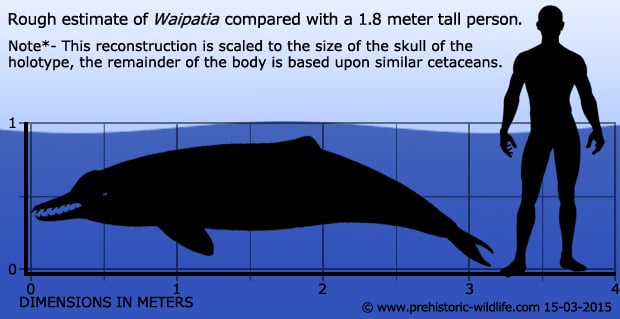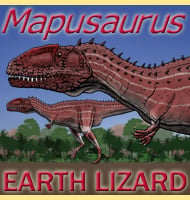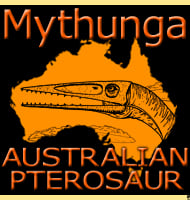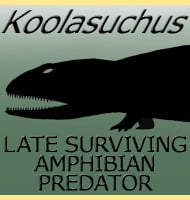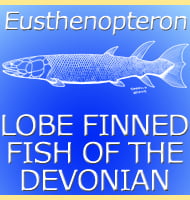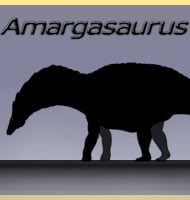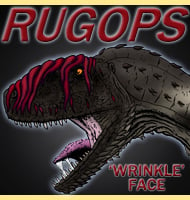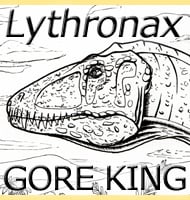In Depth
Though only based upon the description of a single skull, Waipatia has still been one of the more significant discoveries regarding our understanding of the early evolution of dolphins. This is because the skull of Waipatia represents one of the first good examples of actual bones and not just teeth. This has also led to the creation of a new group called the Waipatiidae. Waipatia is also thought to have had a rudimentary echolocating ability, based upon features present on the jaw bones that are similar to modern toothed whales.
Further Reading
- Waipatia maerewhenua, New Genus and New Species, Waipatiidae, New Family, an archaic late Oligocene dolphin (Cetacea: Odontoceti: Platanistoidea) from New Zealand. - Contributions in Marine Mammal Paleontology Honoring Frank C. Whitmore Jr., Proceedings of the San Diego Society of Natural History 29:147-176. - R. E. Fordyce - 1994. – Historically significant late Oligocene dolphin Microcetus hectori Benham 1935: a new species of Waipatia (Platanistoidea). – Journal of the Royal Society of New Zealand. – Y. Tanaka and R. E. Fordyce – 2015.
